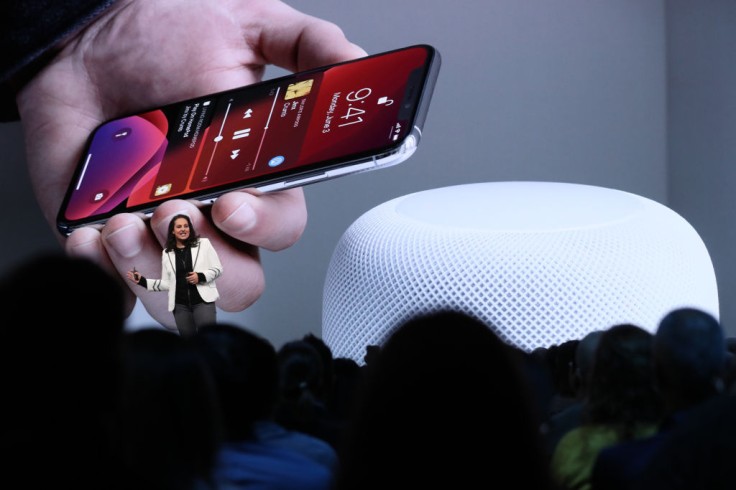
So far, renders of the design changes of the iPhone 13 show a smaller notch, allowing for a bit more screen space than the previous models. A larger camera is also rumored to be housed by the iPhone 13 Pro Max. Colors such as orange and bright pink are also rumored to be new additions in this year's iPhone color palette.
All of these sound exciting, but when will we find out if all of this is true?
iPhone 13 Release Date
Apple's annual Worldwide Developers Conference will be from June 7 to 11 and would be hosted entirely online due to the pandemic. Apple fans are also expecting the launch of the iOS 15, along with the probable announcement of the new iPhone 13 launch date, but it is unsure when exactly these phones hit the shelves.
Tom's Guide, however, might have a pretty good guess as to when Apple will release their new phones to the market.
Historically, Apple has been fairly predictable when it came to its iPhone releases. Up until the COVID-19 pandemic pushed back the iPhone 12 launch. Apple also unconventionally rolled out different models of the iPhone 12 in stages, Tom's Guide says.
But with the market somewhat stabilizing, rumors speculate that Apple will return to its regular approach. This means the iPhone 13 will have an early fall release and all the different models will be appearing all at once.
If this is the case, the market will be seeing a rumored iPhone 13 Mini, iPhone 13, iPhone 13 Pro, and iPhone 13 Pro Max, four sizes and price ranges similar to that of the iPhone 12 range.
The iPhone 13 is coming. And here's the possible launch date. https://t.co/DeNU1o4rKb
— Tom's Guide (@tomsguide) May 29, 2021
Last year, the release of the iPhone 12 was delayed due to the pandemic. This year, a potential deterrent for the new iPhone 13 release would be the global chip shortage that has already impacted the car-making industry and generally the whole electronics and tech industry. The PS5 and Xbox Series X have been going in and out of stock. Samsung is said to be canceling a new Galaxy Note phablet this year due to the shortage of chips as well, says Tom's Guide.
For Apple, this looks like the new iPad and iMac lineups could be hit by delays but it looks like the iPhone 13 is up to schedule. And the A15 Bionic chips have reportedly entered production, which further suggests that everything's right on track.
The past iPhone models prior to the iPhone 12 were released more or less a week and a half to two weeks after their announcement dates. Disregarding the staggered iPhone 12 launch, Apple is a fan of releasing all models in one fell swoop.
Tom's Guide is speculating that Apple might book September 14 as the day they would most likely hold the iPhone 13 event. The release date would most likely be 10 days after September 14. Of course, this is all just speculation and Apple is very tight-lipped about when they will release the new iPhone 13s exactly.
New iPhone 13 Display
LG Display and Samsung are reported to have started production on the displays to be used on the new iPhone 13s, according to 9 to 5 Mac. The iPhones will still be housing OLED screens like its recent predecessors.
Samsung Reportedly Begins Production of 120Hz Display for Upcoming iPhone 13 Pro Models https://t.co/FfYDUUw6mK by @SamiFathi_ pic.twitter.com/t8FOp5ULH0
— MacRumors.com (@MacRumors) May 29, 2021
The iPhone 13 and iPhone 13 Mini displays will be supplied by LG Display, which will be low-temperature polycrystalline silicon (LTPS) thin-film transistor (TFT) OLED panels. The iPhone 13 Pro and iPhone 13 Pro Max will be housing displays from Samsung which will provide low-temperature poly crystalline oxide (LTPO) TFT OLED panels, The Elec reports.
The LTPO TFT OLED panels will support a120 Hz refresh rate that will not have a great impact on the phone's battery life. This will allow the new iPhones to support ProMotion, a feature of the iPad pro lineup since 2017. This will improve the gaming experience as the 120 Hz display updates twice as often as a 60Hz display, or about every 8 miliseconds, as 9 to 5 Mac says. The 120Hz display refresh rate will allow an overall smoother animation across the iOS.









